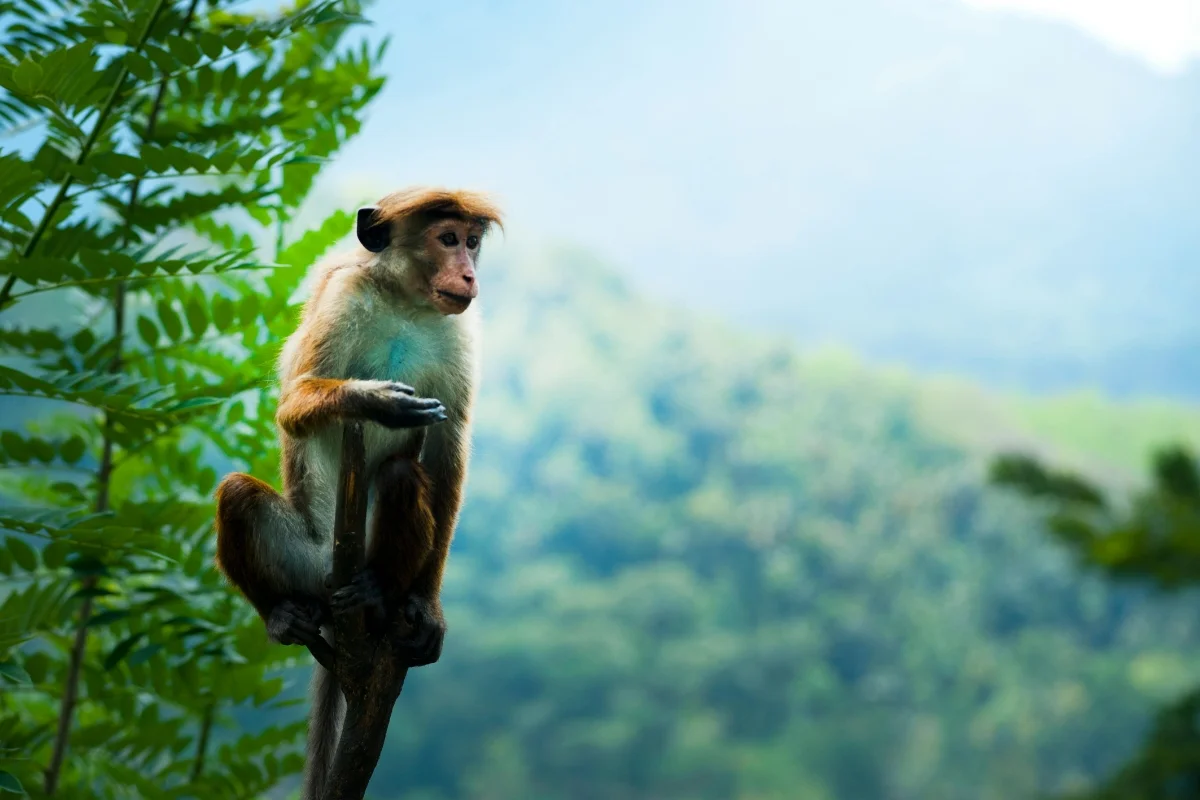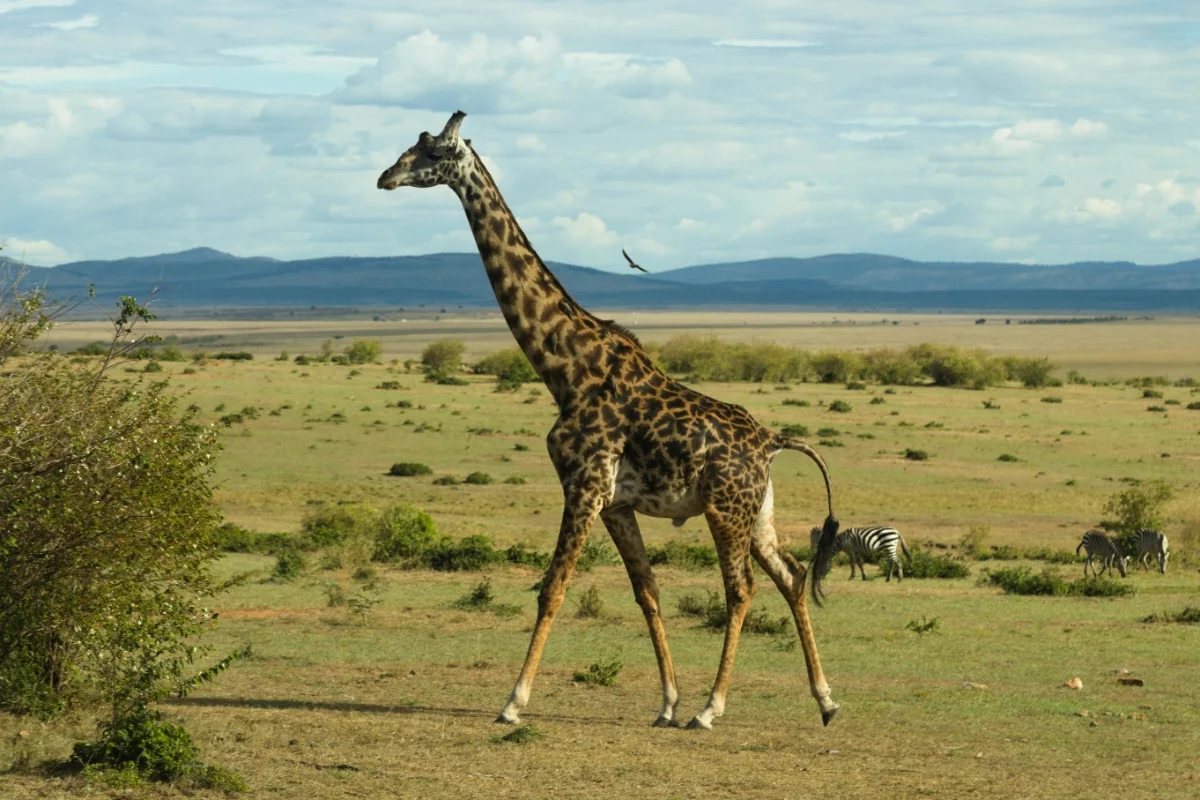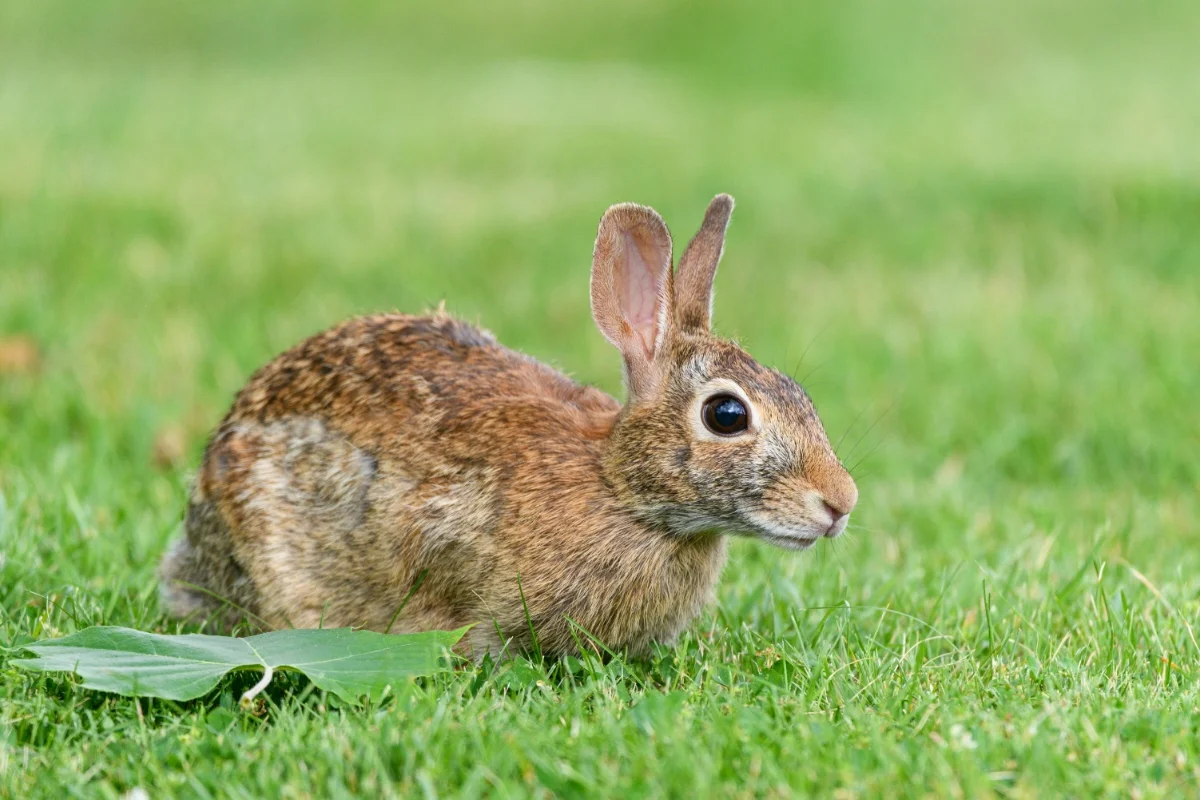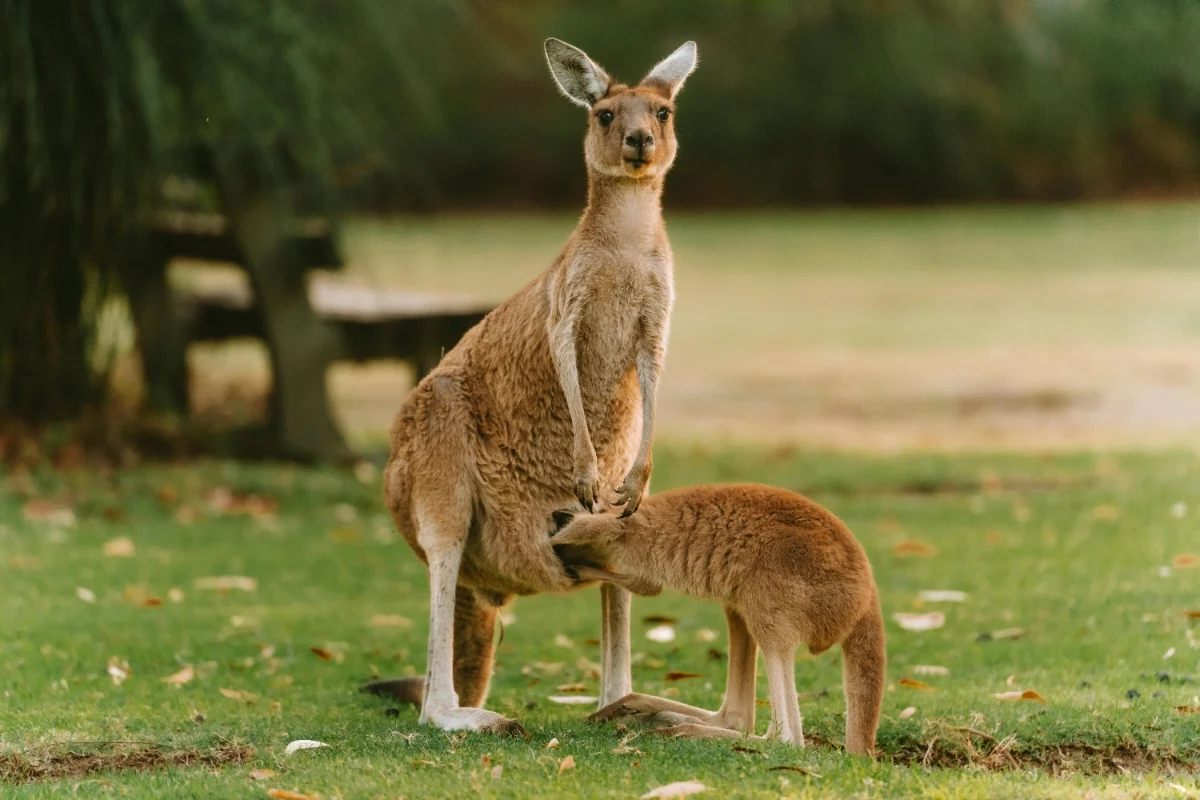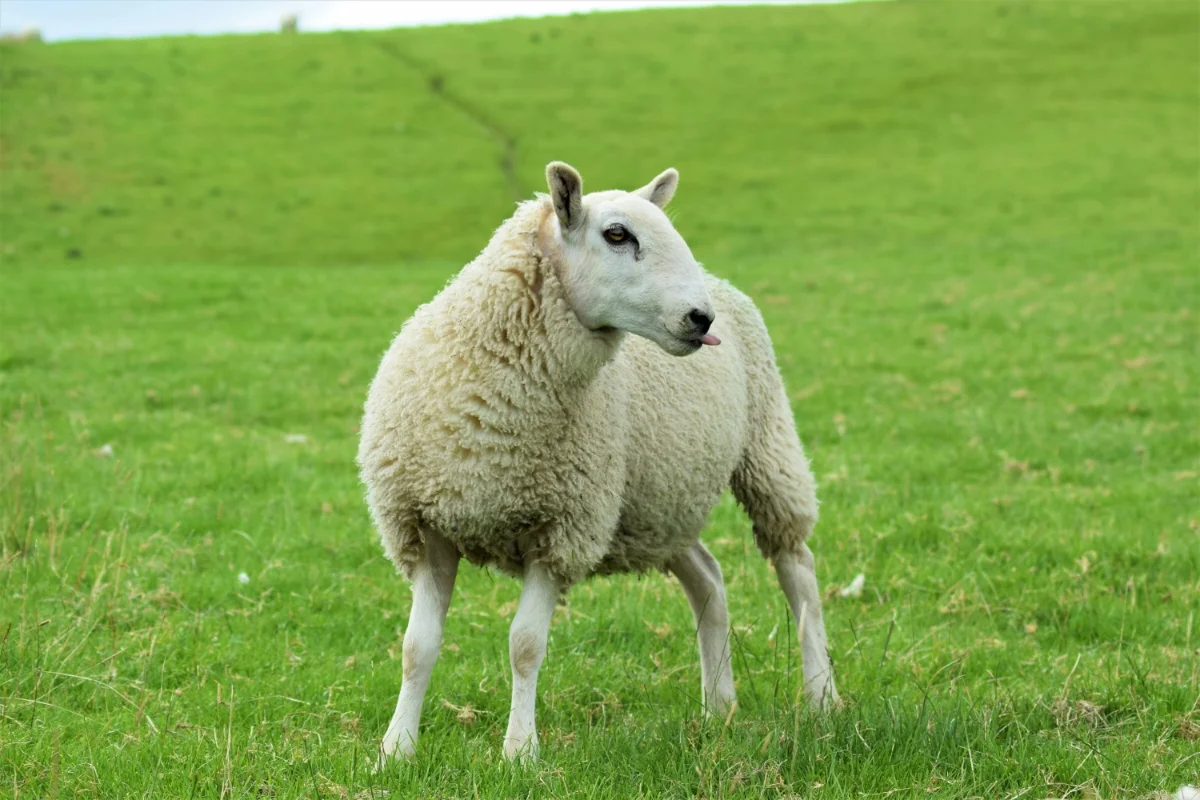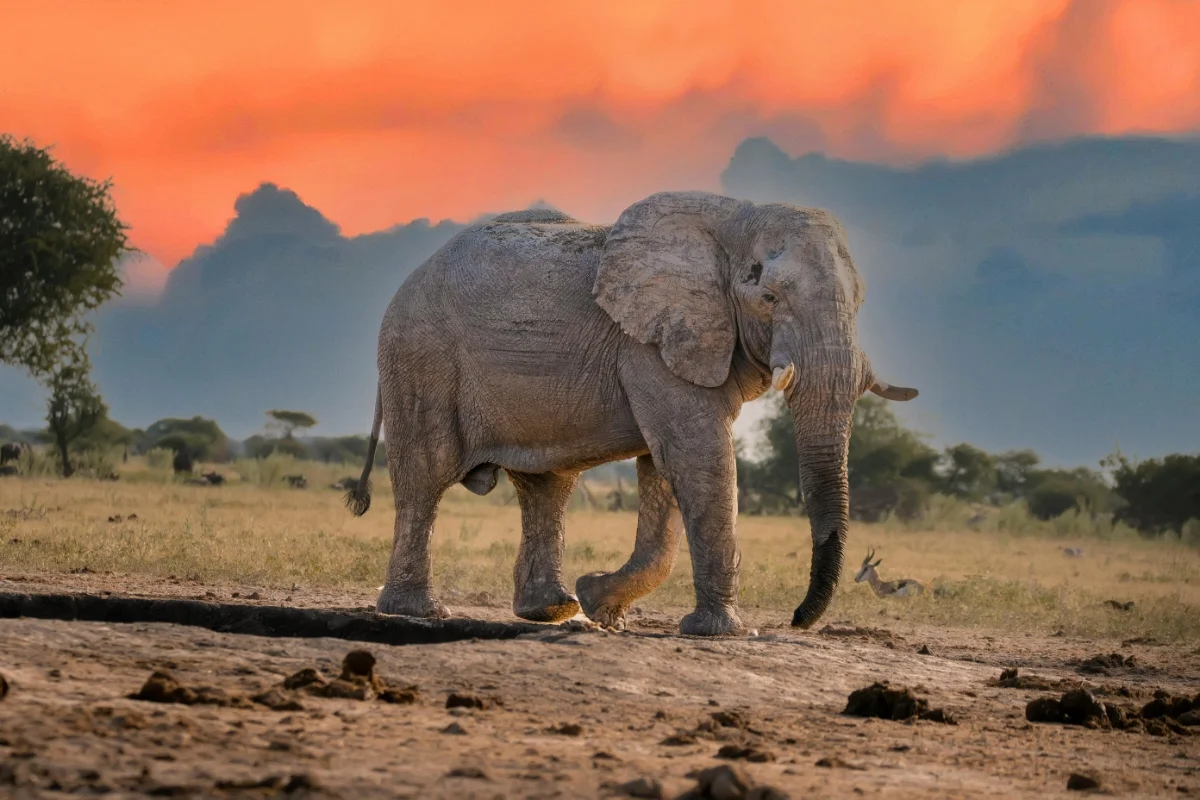Quokka
Life Span
10–15 years
Top speed
20 km/h
Size
40–54 cm
Weight
2.5–5 kg
The quokka (Setonix brachyurus) is a small, herbivorous marsupial from Australia, famous for its “smiling” face. They belong to the macropod family, related to kangaroos and wallabies. These nocturnal animals are mainly found on Rottnest Island, where they thrive in dense vegetation, away from introduced predators like foxes and cats.
Quokka Facts Overview
| Size: | 40–54 cm |
| Weight: | 2.5–5 kg |
| Top Speed: | 20 km/h |
| Food: | Leaves, grass, bark, fruit |
| Color: | Brown-gray |
| Location: | SW Australia, islands |
| Predators: | Foxes, cats, birds |
| Lifespan: | 10–15 years |
| Habitat: | Bush, forest, coast |
| Gestation: | 27 days, pouch 6 months |
Description
Quokkas have round, compact bodies covered in coarse brown-gray fur. They measure around 40–54 cm long, with a short, muscular tail. Their small, rounded ears and bright eyes give them an expressive face. Unlike other macropods, they can climb small trees and shrubs to find food and shelter.
Life Cycle
Quokkas give birth after a 27-day gestation, with the tiny joey crawling into the mother’s pouch to develop for six months. Once independent, young quokkas stay with their mother for a few months. They reach maturity at about one year and can reproduce yearly, ensuring population growth.
Characteristics
Quokkas are social and often live in small groups for protection. They have strong hind legs for hopping and climbing. Their fur helps with camouflage, and they store fat in their tails for energy. Unlike other marsupials, quokkas can survive long periods without drinking water, absorbing moisture from food.
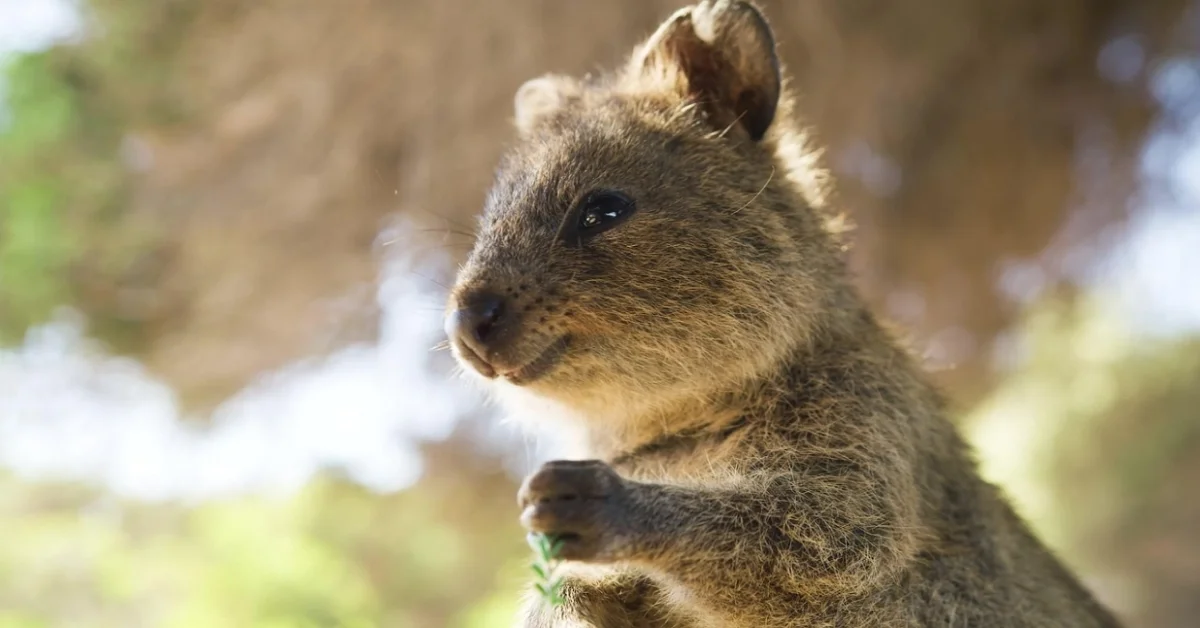
Care
Quokkas are wild animals and do not make suitable pets. They require a natural habitat with dense vegetation, ample food sources, and minimal human disturbance. In wildlife sanctuaries, they are provided with appropriate diets, shelter, and medical care, ensuring their survival in controlled environments.
Lifespan
Quokkas live about 10 years in the wild but can reach up to 15 years in captivity. Their lifespan depends on food availability, habitat conditions, and predator threats. On protected islands like Rottnest, they tend to live longer due to the absence of foxes and other land predators.
Predators
Natural predators include birds of prey and dingoes. However, since European settlement, introduced species like foxes, cats, and dogs have significantly impacted quokka populations. On Rottnest Island, where no foxes exist, quokkas are safer, but in mainland Australia, they face greater threats from these predators.
Habitat
Quokkas prefer dense vegetation, including shrublands, forests, and coastal heathlands. They need thick plant cover for shelter and protection from predators. On islands, they are often found near freshwater sources, although they can survive in dry conditions by obtaining moisture from their food.
Distribution
Quokkas mainly live in southwestern Australia, particularly on Rottnest Island and Bald Island, where they are protected. Some populations exist on the mainland, but their numbers are declining due to habitat destruction, predation, and human activities. Conservation efforts concentrate on protecting their remaining habitats.
Diet
Quokkas are herbivores and primarily eat grasses, leaves, bark, and stems. They can also consume some fruits and succulents. Their specialized digestion allows them to extract moisture from plants, reducing their need for direct water sources, which helps them survive in dry environments.
Behavior
Quokkas are nocturnal, becoming active at night to forage. They are social animals, often living in small groups for protection. Although curious and friendly toward humans, they can be territorial with their own species. They mark their home ranges with scent and use vocalizations to communicate.
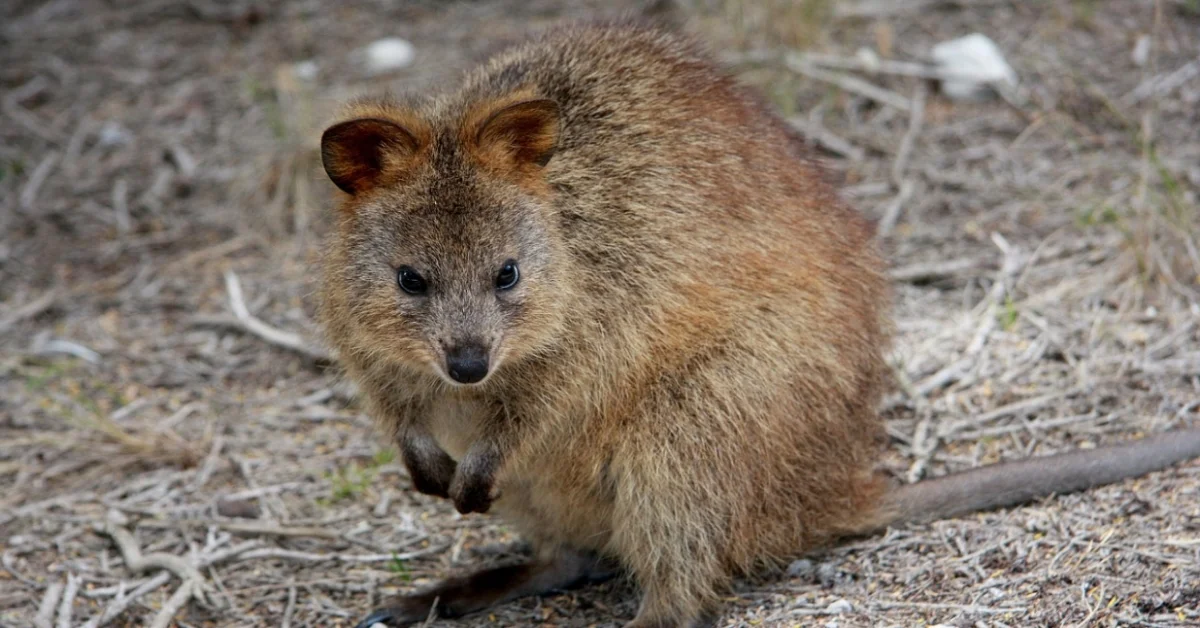
Reproduction
Quokkas breed year-round, but most births occur in summer. After a short 27-day pregnancy, the tiny joey crawls into the mother’s pouch, where it develops for six months. If the first joey doesn’t survive, the mother has a backup embryo that can start growing, a process called embryonic diapause.
Quokka Scientific Classification
| Kingdom: | Animalia |
| Phylum: | Chordata |
| Class: | Mammalia |
| Order: | Diprotodontia |
| Family: | Macropodidae |
| Genus: | Setonix |
| Scientific Name: | Setonix brachyurus |
Animals for You
References
1. Quokka Wikipedia Article – https://en.wikipedia.org/wiki/Quokka


